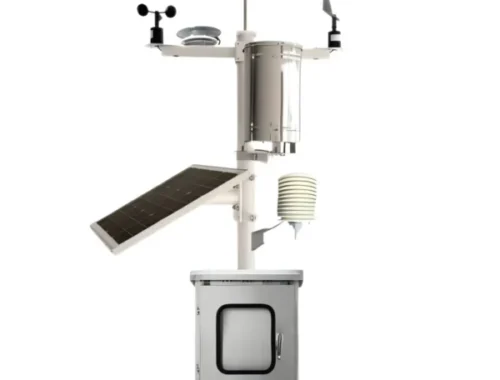The Foods You Should Be Eating at Every Age
Getting older doesn’t have to keep you from setting new PRs
As you age, it’s natural to feel a slowdown, but it doesn’t have to be extreme, says Leslie Bonci, a registered dietitian and the owner of Pittsburgh-based Active Eating Advice. “Older bodies tend to lose muscle mass and store more body fat, usually in the belly or waist,” she says. “Vitamin and mineral needs also change—for example, your body becomes less efficient at producing B12, a vitamin often tied to increasing endurance—which can have an especially profound impact on athletic performance if you don’t adjust your nutritional intake accordingly.”
Although a lifelong balanced diet is the best way to stay healthy, there are a few small tweaks and additions you can make as you age to support long-term performance.
20s and 30s
Your body is still burning through fuel at a rapid pace. Although your days of eating cupcakes for lunch with impunity may be behind you, your caloric needs haven’t decreased. You need plenty of protein and fat to support your athletic pursuits, Bonci says. Just be sure to focus on high-quality calories, and cut down on simple sugars and processed foods. Especially in your early twenties, it’s crucial to get enough iron—found in red meat, beans, and dairy—which attaches to the hemoglobin in your red blood cells to carry oxygen throughout the body, thereby improving your endurance. This is especially important if you have a period, since you lose iron with your monthly flow.
40s
You may notice increased belly fat in your forties, Bonci says. High-fiber, whole-grain carb sources like oats, brown rice, and skin-on potatoes take longer to digest, which keeps your metabolism revved and helps prevent body fat. You’ll also begin to lose muscle and bone mass, says Mary Ellen Canmire, professor of food science and human nutrition at the University of Maine. Add more lean or plant-based protein and ingredients loaded with vitamin D and calcium, including small amounts of full-fat dairy. It’s also important to load up on anti-inflammatory ingredients like leafy greens, berries, and olive oil. They speed up athletic recovery, which gets harder as you get older.
50s
In your fifties, according to Bonci, 50 percent of every meal should consist of fruits or veggies to keep you satiated, 25 percent should be lean protein to stave off the rapid muscle decline that comes around this time, and the remaining 25 percent should be a combination of healthy fats to support an aging heart and whole grains to provide an immediate energy source. A healthy plate at any age, this ratio is particularly important now because your appetite and caloric needs have started to decrease significantly, so every bite (or sip) counts, she adds.
Appetite decreases because certain hormones trigger the brain to tell you you’re full, even when you aren’t, while your basic caloric needs also decrease since your body’s operating at a slower, lower level. If you’re starting to go through menopause, you can pay less attention to iron intake, Canmire says. Everyone can focus instead on limiting foods that don’t support cardiovascular health—like red meat and alcohol—and adding in omega-3s for your heart, found in plant-based sources like nuts and beans and in fatty fish like tuna, salmon, and sardines.
60s and Up
While sneaky sugars are something to avoid in excess for your entire life, they’re harder for your body to process after age 60, thanks to a significantly slower metabolism, Bonci says. Look for them in everything from store-bought almond milk to juice. Sexagenerians should also also eat more protein. “The classic recommended daily allowance for protein intake—about seven grams per 20 pounds of body weight in a sedentary person—may not be enough to help older adults maintain muscle mass,” Canmire says. Choose heart-healthy protein sources like cottage cheese, yogurt, fatty fish, poultry, and whole eggs. If you’re still training, guzzle fluids and eat juicy foods like watermelon or tomatoes, because the body struggles to distribute water and balance electrolyte levels with age.
You May Also Like

コンテナハウスの魅力と活用方法
March 14, 2025
Sprunki: Unveiling the Mysteries of a Hidden World
March 20, 2025